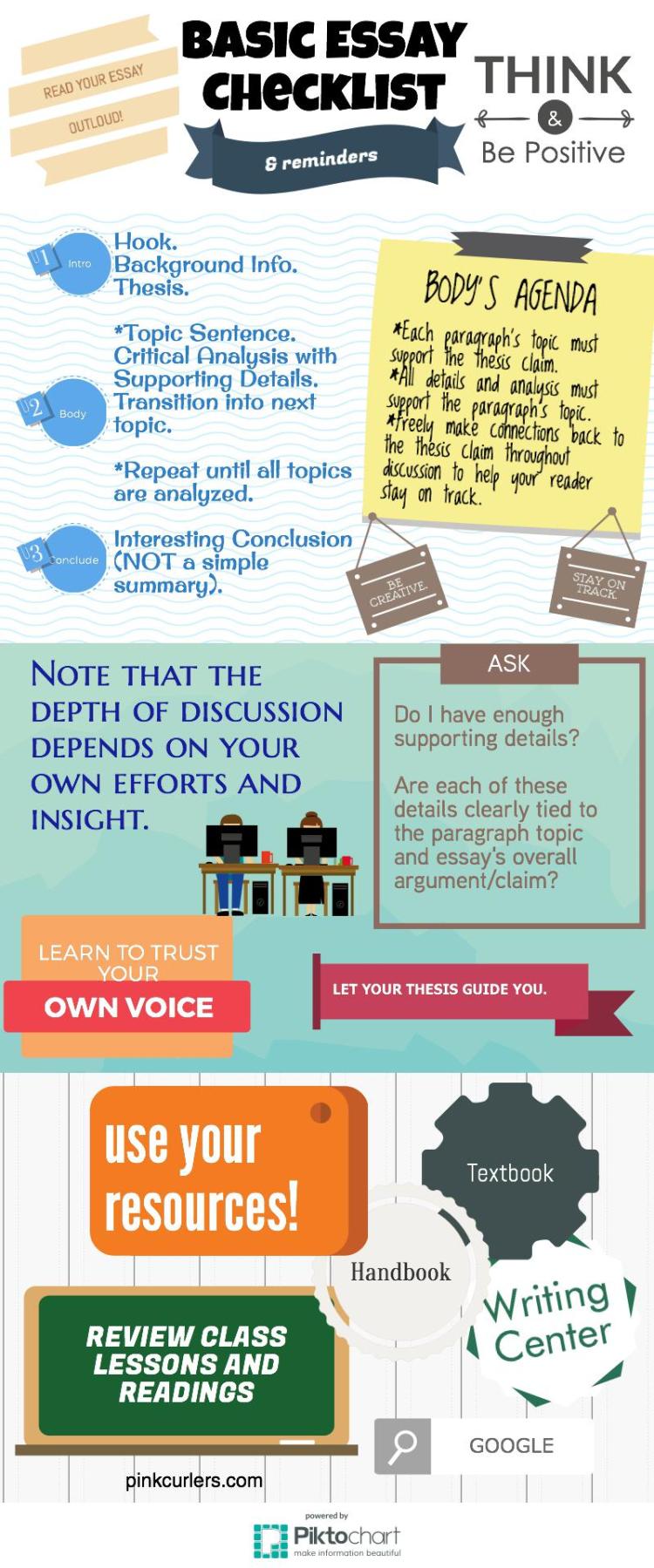A stereotype as defined by Merriam-Webster is “an often unfair and untrue belief that many people have about all people or things with a particular characteristic.” Colloquially, the term, stereotype, “is used to categorize a group of people. People don’t understand that type of person, so they put them into classifications, thinking that everyone who is that needs to be like that, or anyone who acts like their classifications is one” (Urban Dictionary).
Stereotypes do affect student performance. Students in a social, academic or professional environment are confronted with stereotypes about themselves and about others. Stereotyping is a double edged sword that harms both the stereotyped and the “stereotyper.” Robin Paige explains, “The threat of possibly satisfying or confirming a negative stereotype attached to one’s identity can interfere with a subject’s academic performance.” Stereotypes, negative or positive ones, influence identity development and degrade performance. One may be preoccupied with not fulfilling a common stereotype or with learning to fulfill the stereotype.
Interestingly, the pressure to stereotype or the pressure not to stereotype affects students too. Studies show that the fear of appearing racist can hurt a student’s performance due to over-preoccupation or anxiety.
It is not just the art or act of stereotyping that inhibits performance, but also the “stereotype threat.” The threat of stereotype hides in social expectations, showing itself in the anxiety and behaviors of students. There is the fear of enacting a stereotype. For example, an African American student might spend more time getting ready in the morning than her white peers; she may strive too hard to not appear “ghetto.” Or, a male student in a mostly female group might expend too much energy trying not to sound sexist rather than focusing on a successful collaboration. These two examples may not seem like a big deal, but this all adds up to reduced productivity and social insecurity.
The fear of being excluded from a stereotype is just as influential to a person’s development. There may be increased susceptibility to embody a stereotype because of various cultural and peer pressures. A student may be less likely to ask a question aloud in class if he/she is expected to behave a certain way. For instance, a student that skateboards may feel pressure to appear disinterested or like a “burn out” due to the slacker-skater stereotype. Or, a blonde female may act in-authentically “ditzy.” A football player may be more reluctant to sign up for a poetry class because of the classic stereotype that football players must be “tough.”
It’s easy to blame the media and history for these stereotypes; it’s not quite as easy to blame institutions, architecture, peers, teachers, friends and family. The truth is that the stereotypes are encouraged in some of the most subtle ways. Something as pragmatic and routine as a uniform policy that requires skirts for girls and pants for boys unwittingly discourages females from partaking in more physical activities. Watching a film in class that displays the token black comedian character can instigate a stereotype threat. The design of a gym can encourage stereotyping by playing Oprah reruns in the cardio zone and ACDC in the weightlifting zone. This socially conveys the stereotype that only women do cardiovascular exercise and that only men weightlift.
These types of social orders (like enforcing a uniform) seem to bring us comfort and structure, but the truth is they solidify some of the worst stereotypes. Educators can lower the level of stereotype threat by acknowledging the problem of stereotyping throughout his/her curriculum. For example, I am currently in the process of creating a writing prompt for my students that requires them to investigate a stereotype through observation and interview. With this assignment, I hope the students will learn about the impacts of stereotyping.
To further combat the stereotype threat, I make use of social anomalies that subvert typical expectations. Joe Biden is an unexpected example of a feminist, as he is a “white privileged male,” who also made the Violence Against Women Act a reality as well as the Women’s Treaty. Biden erases the stereotype that white privileged males don’t care about women’s rights. An interview with Cara Delevingne can subvert the stereotype that women aren’t funny. Recognizing the literary and poetic elements of rap eradicates the stereotype that black men are unintellectual.
Next to anti-stereotype assignments, an educator can create a classroom environment that calls for inclusivity, embracing diverse subject matters, encouraging collaboration and validating the injuries caused by stereotypes (including various prejudices or self-preserved limitations). Most importantly, building the self-confidence of students helps to eliminate stereotypes. The more a student discovers his/her individualized self, the less preoccupied he/she will be with fitting into or not fitting into the tiny box called stereotype.
For life hacks, headlines and home design, please visit my other blog, pinkcurlers.com

